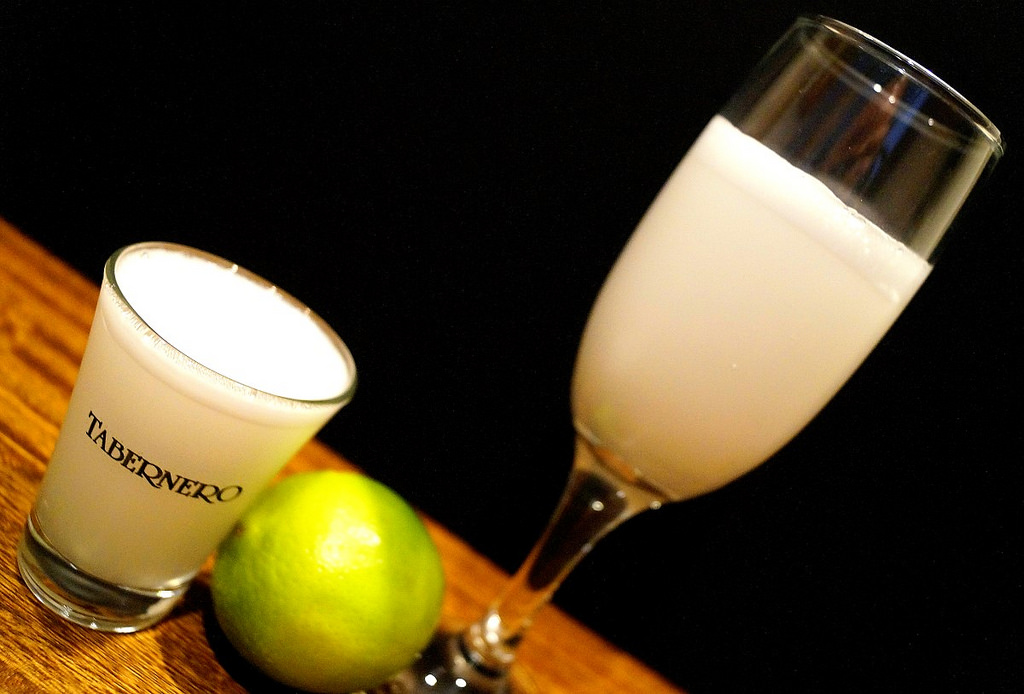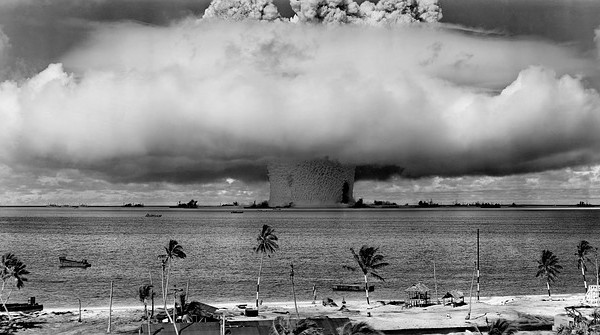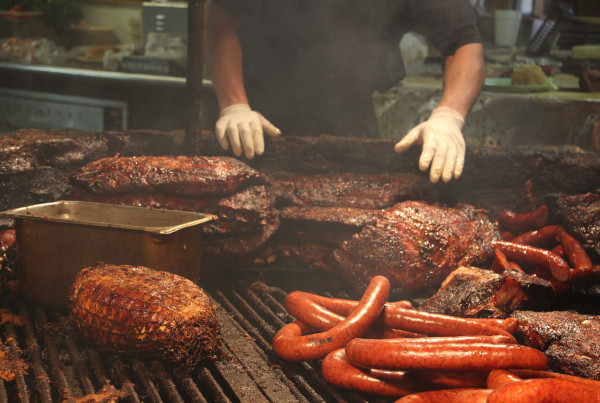What would you consider a signature Texas drink? An ice cold Shiner? Perhaps some of Houston’s own Pura Vida Tequila Silver in the form of a Mexican martini? Maybe you want a 20-ounce bottle of Big Red?
Well the country of Peru would like to add a new beverage to the list of Texas drinks — pisco. Its producers are setting their sights on Texas as their next big market. In fact, its popularity is already on the rise in the U.S., where imports of pisco have more than doubled between 2010 and 2014.
Mark Ramirez is a reporter with the Dallas Morning News, and he sat down with the Standard to talk about his recent article on what pisco is and why Peruvian producers are looking to Texas as the next big market for pisco.
“Pisco is a spirit distilled from grapes — it’s in the brandy family so it’s kind of a cousin of cognac and armagnac, the difference being that it’s a clear spirit,” Ramirez says. “That comes from the rules that Peru has put in place to govern how pisco must be made in order to be called pisco…. They can’t use any oak barrel aging, which would add color. You can’t add water — it’s the only spirit that’s really distilled proof, so that there’s really nothing but the grapes added to that product.”
Many Americans have never heard of pisco, but it’s the one of the most popular liquors in South American countries like Chile and Peru. “It’s a big deal in Peru. They have a National Pisco Day, they have a National Pisco Sour Day — which is named after one of their cocktails,” Ramirez says. (For anyone interested in making a pisco sour, it’s said to taste similar to a whiskey sour, but better. And it’s also Ramirez’s favorite pisco drink.)
“It’s so important that one of the ambassadors for pisco, a producer [named] Johnny Schuler had done so well promoting pisco abroad that they gave him the Congressional Medal of Honor for that task,” Ramirez says.
The importance of pisco in South American culture is clear, but what’s contributing to the rise of pisco’s popularity worldwide? “Most of it is coming from the rise of craft cocktail culture here in the [U.S.]. It kind of fed off the whole foodie movement, and so the focus is on finding new and different ingredients, trying to be local and organic etc. But in this case,” Ramirez says, “people are looking for new and better ingredients, so they’re seeking things from all over the world. Pisco falls into that category because it’s something new and different that people haven’t heard of.”
So now Peru is sensing that interest and is pushing the spirit strongly in the U.S.
But beyond the larger liquor trends, one question remains: why is Peru so focused on promoting pisco to Texans in particular? “Texas is essentially its own country,” Ramirez says. “You’ve got four large cities here that are all picking up on this trend — Houston, San Antonio, Dallas and Austin that are really buying into this whole craft cocktail boom, and so they want to be part of that.”















